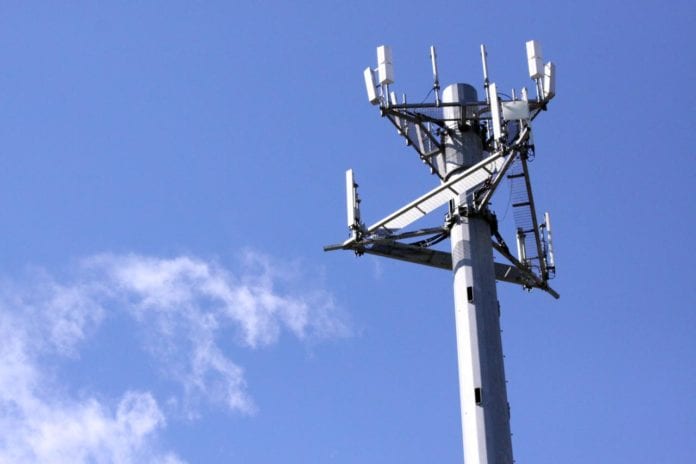NB+C president: without a balanced network densification strategy, ‘the backlash will be palpable by the entire industry’
For the last three decades, the demand for mobile data has grown exponentially. In fact, an IDC study reports that worldwide mobile data traffic has grown at a remarkable compound annual growth rate of 50% since 2010, driving tremendous capacity expansions and the need for more network infrastructure, especially as 5G networks continue to rollout. As a result, industry trade group CTIA forecasts that by 2026, more than 800,000 small cells will be deployed in the U.S., up from around 86,000 in 2018.
Because 5G utilizes higher frequencies than in previous technologies, network densification is critical to truly deliver the benefits promised by 5G, like low latency and speed. However, the sheer number of sites needed to get the job done is, in and of itself, a limitation, as the idea that we need millions of these sites is, in some cases, being met with resistance by consumers and lack of preparedness by local governments, making the public works aspect of network densification its biggest hurdle.
From the perspective of NB+C President Tom Kane, the solution can be found in striking a careful balance. While he acknowledged that there is a certain volume needed to provide everybody with low cost, predictable service, he stressed the importance of a balanced network densification strategy that allows for significant community considerations.
“Balance has to come into play, because we’re moving tremendous amounts of infrastructure into people’s communities like never before,” Kane asserted.
Subscribe now to get the daily newsletter from RCR Wireless News
And these installs, no matter how aesthetically pleasing and low-key the operators try to make them, will all need an antenna, power, fiber and have to be a certain height. These build-outs will, without a doubt, impact the landscape of a community, especially when it comes to all of the new small cells that must be installed every several hundred feet in some locations.
There is no comparison to date in our multi-decade wireless trajectory that compares to the level of network densification ahead of us, and so operators and equipment providers can’t lose sight of the fact that they are entering people’s neighborhoods and installing critical, but also substantial, permanent structures.
“We have to be very careful,” Kane cautioned. “We’re in a marathon here. It’s going to be a ten-year build at a minimum, so let’s not wreck years three though 10 by trying to force our position on infrastructure we wouldn’t welcome in our own communities.”
“We’ve had some pretty aggressive build outs recently,” he added, “and if we’re not careful, the backlash will be palpable by the entire industry.”

